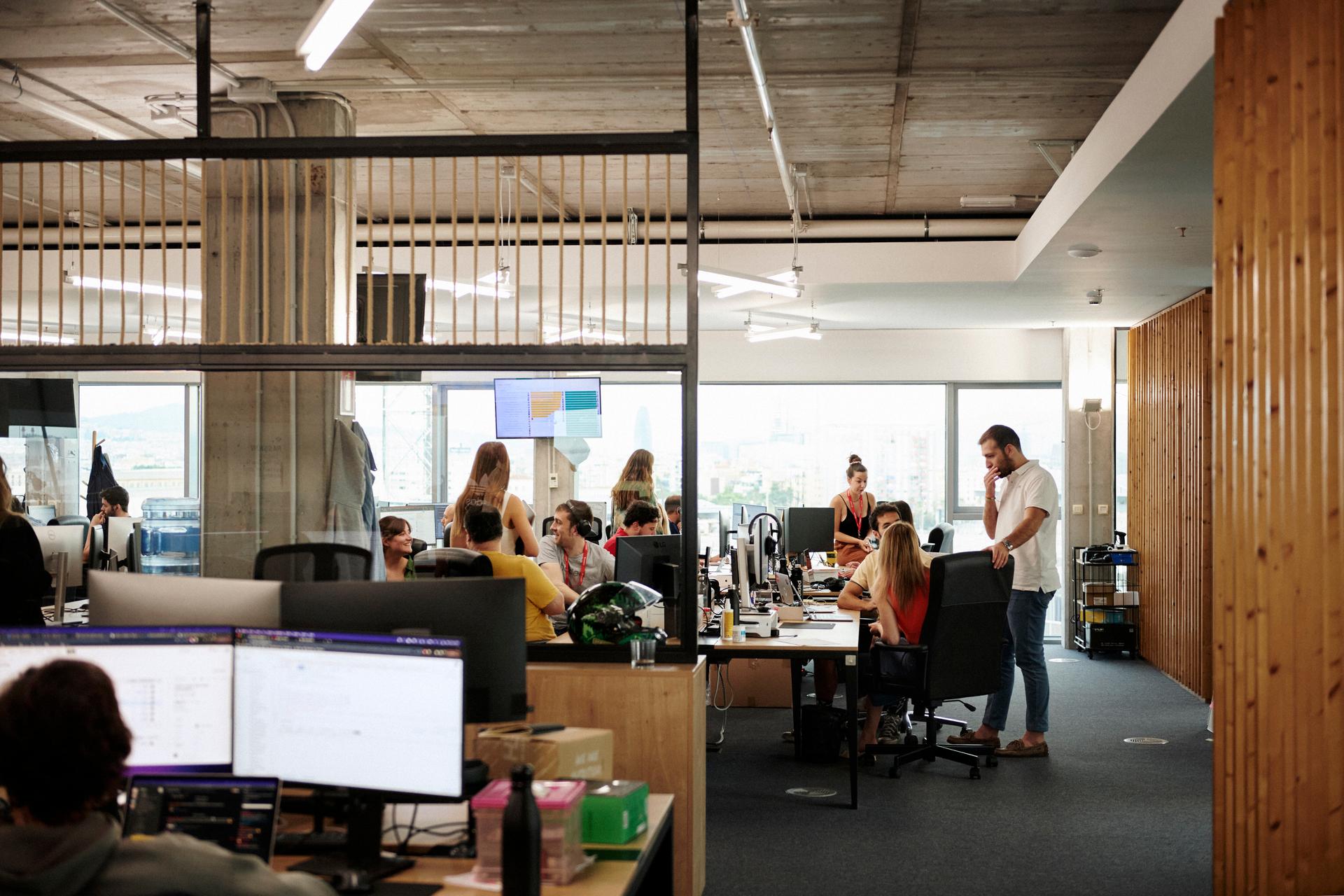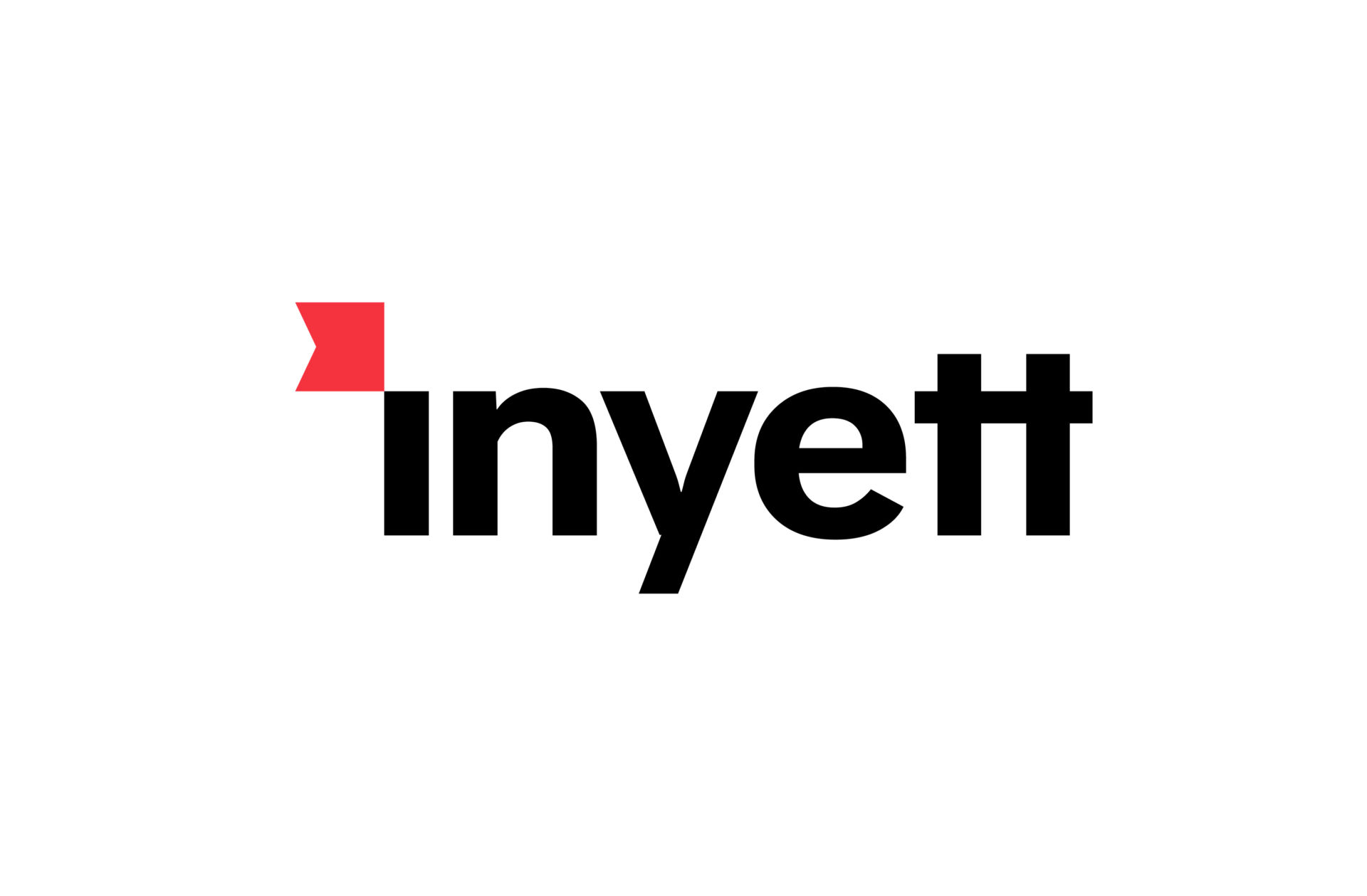Artificial intelligence technologies are developing rapidly. But beyond the hype and the heightened media attention, do we really know what goes on behind the scenes? At the second Visma AI conference, CEO Øystein Moan provided some answers as he spoke about initiatives and development taking place in Visma.
– There’s a lot of hype about AI, but we don’t see many companies in the Nordics taking action. In Visma, we’re actually developing and deploying AI technology in our products and services, Moan said after taking the stage.
AI – friend or foe?
In general, Artificial intelligence technologies such as machine learning are viewed as helpful tools for automating processes, making us work smarter. At the same time, the constant development has made many people afraid that super-intelligent machines might become a threat to the human race.
– I’m more afraid of the harm caused by ignorant people, than machines, Moan wittily remarked. We can already see how artificial intelligence is improving a lot of our services in Visma, giving our employees more time to focus on complex issues rather than mundane and repetitive tasks.
Automated customer support
Internally, AI has been implemented to improve our own support process. There is no such thing called giving your customers too much support – there is always room to work faster and better.
– By implementing our own dispatch robot, letting artificial intelligence dispatch over 80 % of requests to the right person, we have been able to save time and improve our employees’ productivity, giving our customers a better experience, the CEO explained.
AI and machine learning technologies are already implemented in many existing solutions, helping our customers automate their processes. We are also giving our developers room for extensive experimentation, and they are successively trying out new solutions in collaboration with our customers.
Technological transition
The major technological transition in this decade has been the move to cloud computing. Moan pointed out the successful migration from on-premise solutions to cloud as an important strategic move placing Visma in a market leading position in Europe.
– At the beginning of this decade, only one percent of our business was cloud computing. This year that number was 50%, in 2018 we are talking about two thirds, and in 2020, as much as 90% of our business will be cloud-based.
Future development
Moan emphasised the importance of being at the forefront of technology development.
– The next decade will revolve around development for AI and machine-learning algorithms, which will evolve the technology further. This evolution will have a significant impact on the way we work, and we have already started this development in Visma.
The CEO wrapped up the conference with an optimistic view on the future.
– While we’re not Silicon Valley, from a European perspective, we are quite advanced. We’re committed to investing in AI, and everything points to an exciting future ahead of us.
The next Visma AI conference is set for spring 2018.




